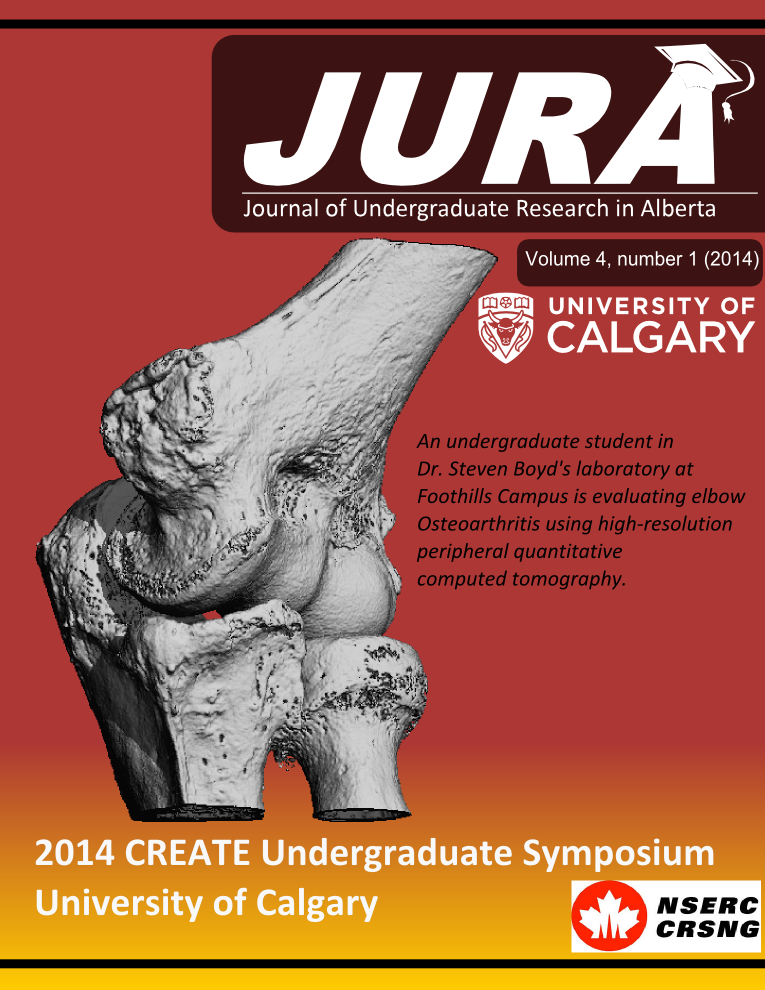MULTI MUSCLE PATTERNS IN POST SURGICAL TOTAL KNEE ARTHROPLASTY
Abstract
INTRODUCTION
Total Knee Arthroplasty (TKA) is a common surgical intervention for end stage Osteoarthritis (OA). It is implemented for pain relief and joint function restoration. There is an increasing expectation from patients concerning post-operative performance [1]. However, TKA patients often experience functional impairment such as movement, loading, and muscle activation pattern abnormalities [2]. This project focused on identifying temporal differences in muscle activations in lower limb electromyographs (EMG) between healthy persons and TKA patients, using wavelet patterns and machine learning classification.
METHODS
Ten post-surgical female TKA patients (TKA: 19±3 months post-surgery; 61.9±8.8 yrs; BMI 28.0±5.3) and 9 healthy age matched female controls (CON: 61.4±7.4 yrs; BMI 25.6±2.4) participated in this study. EMGs for 7 lower leg muscles during both level walking and stair climbing were collected. Muscles of interest were: tibialis anterior (TA), gastrocnemius (GAS), semitendinosus (SEM), biceps femoris (BF), rectus femoris (RF), vastus medialis (VM) and vastus lateralis (VL). Five acceptable EMG trials per subject were selected for analysis, normalized in time (stance phase ±30%) and processed in Matlab using a wavelet transform [3]. EMG data were normalized to the total signal intensity. Support Vector Machine (SVM) classification was performed for all subjects using an iterative thresholding approach and leave-one-out cross-validation. Rates of classification (called recognition rates) were deemed significant if they were greater than or equal to 68.4% (according to binomial test). SVM discriminants were visualized to aid in the identification of functional differences between CON and TKA groups.
RESULTS
Mean multi muscle patterns (MMPs) for walking (Figure 1) demonstrate substantive differences between groups. The muscles that gave significant recognition rates in level walking were: VM (68.4%) and BF (73.7%); and in stair climbing were: BF (84.2%), SEM (73.7%), GAS (68.4%), and TA (68.4%).
DISCUSSION
Application of a SVM with iterative thresholding provided significant recognition rates between groups, for both walking and stair-stepping tasks. The stepping task was characterized by a greater number of muscles with significant recognition rates, as well as the highest recognition rates.
Temporal activation differences, indicative of muscle co-activation by TKA subjects, were observable in the discriminant pattern. In walking, BF and VM were active in mid-stance, illustrated as a red activity pattern in the discriminant. BF activity shifted from pre-HS to post-HS to coincide with the main activity in the quadriceps muscles (VL, VM, RF). Similarly, in stair climbing, TA displayed a co-activation with GAS at mid-stance. Further, SEM and BF displayed pronounced activation patterns at mid-stance and at TO and early swing. This may indicate an activation strategy to assist in hip extension for the TKA group.
CONCLUSION
The analysis approach chosen in this study identified functional differences between healthy subjects and TKA patients. There is evidence for the employment of co-activation strategy by the TKA group in both walking and stair climbing.
Downloads
References
2. Catani F, et al. Clin Biomech. 18(5):410-418, 2003
3. von Tscharner V, et al. J Electromyogr Kinesiol. 10(6):433-445, 2000
Downloads
Published
Issue
Section
License
Authors retain all rights to their research work. Articles may be submitted to and accepted in other journals subsequent to publishing in JURA. Our only condition is that articles cannot be used in another undergraduate journal. Authors must be aware, however, that professional journals may refuse articles submitted or accepted elsewhere—JURA included.


